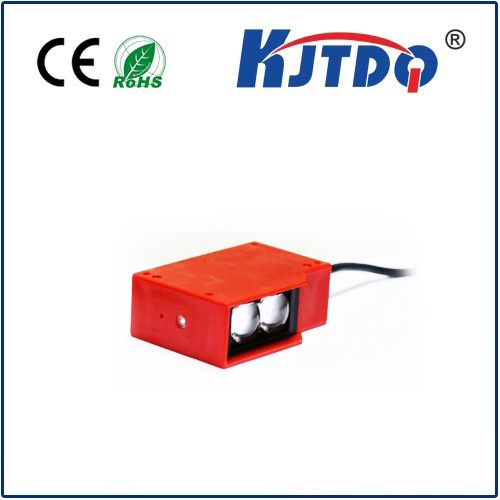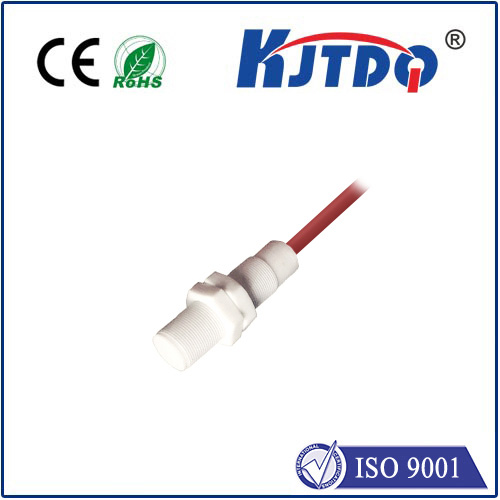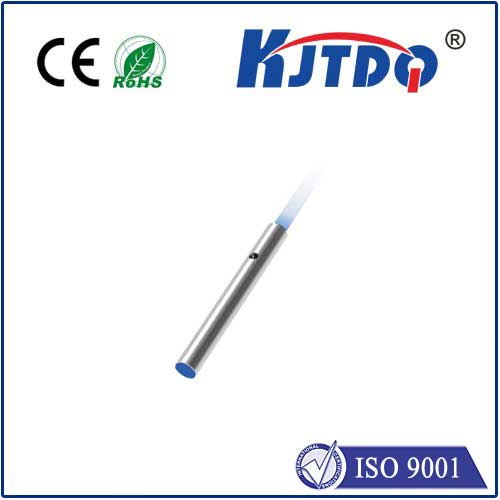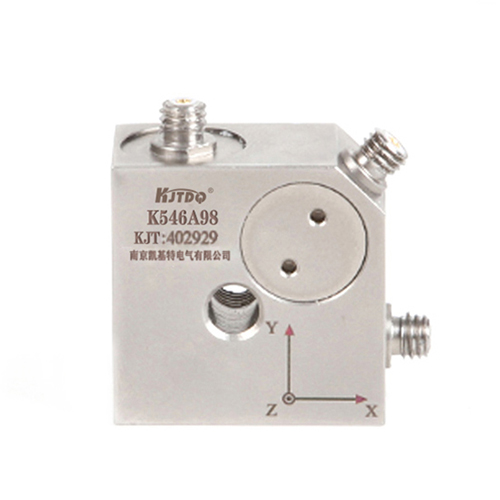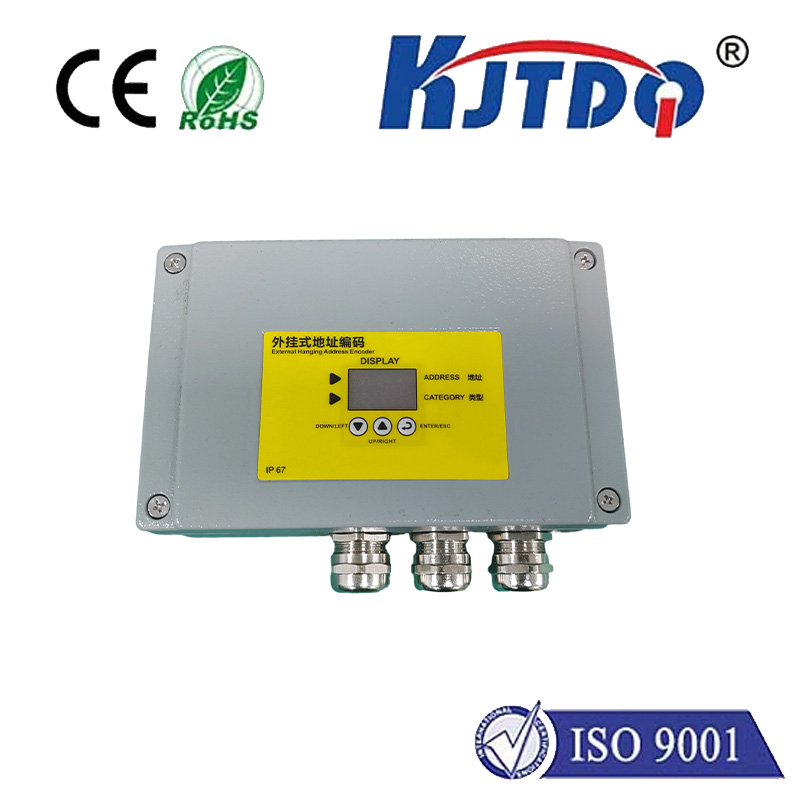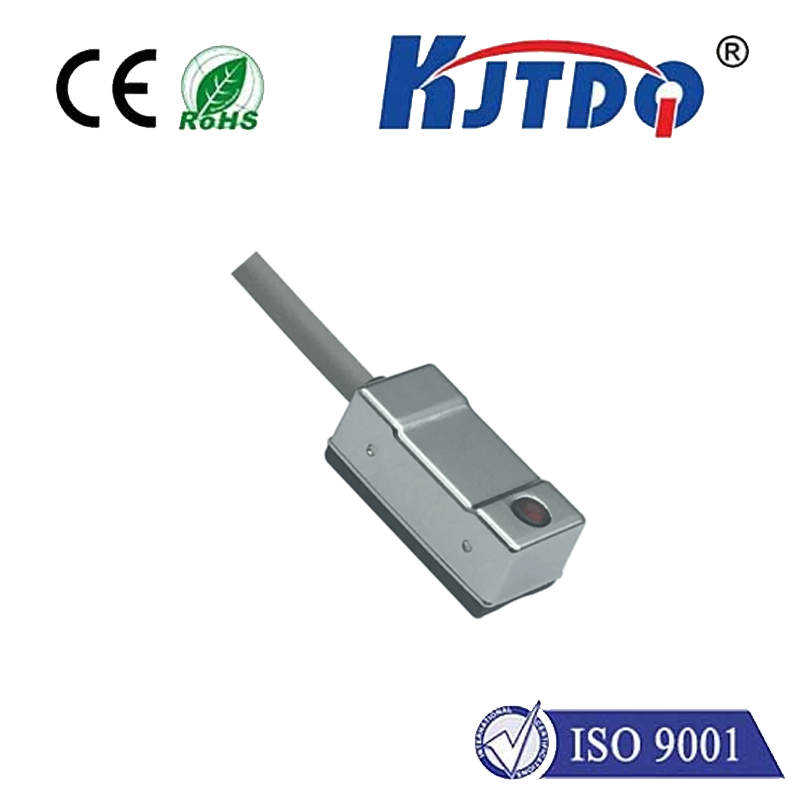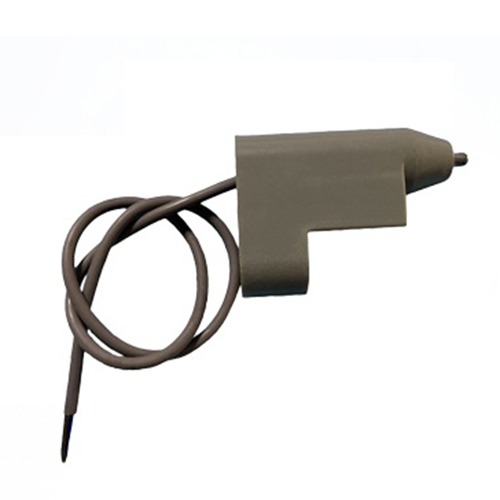photoelectric water tank liquid level sensor
- time:2025-09-11 02:22:30
- Click:0
Unseen Precision: How Photoelectric Water Level Sensors Revolutionize Tank Monitoring
Forget the guessing game with your water tanks. Whether it’s a critical industrial reservoir, a humble household cistern, or a vital agricultural storage unit, knowing the exact liquid level is paramount. Traditional methods like float switches or manual dipsticks often fall short – prone to mechanical failure, fouling, or simple inaccuracy. Enter the photoelectric water tank liquid level sensor: a sophisticated, reliable, and surprisingly resilient solution silently transforming how we monitor our most vital liquid resources. This article dives into the technology powering these sensors and explores why they are becoming the gold standard for precise and maintenance-free level detection.
The Core Principle: Light Meets Liquid
At its heart, a photoelectric liquid level sensor operates on the fundamental physics of light interacting with different mediums. Here’s the elegant simplicity:

- The Emitter: A high-intensity, typically infrared (IR) LED emits a focused beam of light.
- The Receiver: Positioned strategically relative to the emitter (often at a specific angle or opposite it), a sensitive phototransistor or photodiode awaits the light signal.
- The Critical Interface: The sensor head is mounted such that its optical components are precisely positioned at the desired detection point within the tank.
- Detection Trigger: The key lies in how the emitted light behaves when it hits either air or liquid:
- In Air: When the liquid level is below the sensor tip, the emitted light travels relatively unimpeded through the air gap. Depending on the sensor design (prism/reflector style or thru-beam), the receiver either:
- Detects the reflected light beam bounced off a built-in prism (level low = light reflected internally to receiver = signal present).
- Or, in a thru-beam design (separate emitter and receiver), light travels directly to the receiver (level low = light received = signal present).
- Submerged in Liquid: When the liquid level rises to cover the sensor tip, the light behavior changes dramatically:
- The higher refractive index of the liquid causes the light beam to refract (bend) significantly as it leaves the sensor housing.
- This refraction causes the light to scatter outwards into the liquid instead of following its intended path to the receiver (prism/reflector style).
- In a thru-beam design, the liquid absorbs/scatters the beam before it reaches the distant receiver.
- Result: The receiver detects a drastic drop or complete absence of light. This sharp transition from “light detected” to “light not detected” (or vice versa, depending on wiring logic) provides a crystal-clear, unambiguous signal indicating whether liquid is present at that exact point.
Why Choose Photoelectric for Your Water Tank?
The working principle translates into a compelling set of advantages making photoelectric sensors ideal for a vast range of water tank applications:
- Unrivaled Precision & Reliability: They offer point-level detection with exceptional accuracy, triggering only when the liquid touches the precise sensing point. There’s no ambiguity or guesswork.
- Zero Moving Parts = Minimal Maintenance: Unlike mechanical float switches with arms, levers, and seals prone to sticking, jamming, or wearing out, photoelectric sensors have no moving parts. This translates to dramatically reduced maintenance needs and significantly longer operational lifespans. They are largely immune to issues caused by sediment or biological growth affecting mechanisms.
- Immune to Liquid Properties: The detection principle relies purely on the refraction of light at the air/liquid interface, not on conductivity (like capacitance probes), density, or dielectric constant. This makes them ideal for pure water, demineralized water, and other non-conductive liquids where other sensor types fail. They also aren’t affected by surface foam or turbulence like ultrasonic sensors can be.
- Non-Contact Sensing (Prism Style): In the popular prism/reflector style sensors, the sensing element is sealed behind a smooth surface (usually high-quality optical glass or engineered plastic). The liquid doesn’t physically contact any electrical components or delicate mechanics, enhancing chemical compatibility (with the right housing/window material) and making them easy to clean.
- Simple Installation and Setup: Typically requiring only a single mounting hole and standard electrical connections (e.g., NPN/PNP transistor output, relay), installation is straightforward. Calibration is almost always unnecessary – they work immediately upon immersion.
- Versatility in Function: While primarily used for single-point level detection (e.g., high-level alarm, low-level alarm, pump control), multiple sensors can be installed at different heights within a tank to monitor various set points (e.g., low, mid, high) effectively creating a multi-level monitoring system without complex electronics.
Where Photoelectric Water Tank Sensors Shine
The robustness and precision of these sensors make them indispensable across numerous sectors:
- Residential & Commercial: Monitoring water levels in wells, rainwater harvesting tanks, home pressure tanks, boilers, humidifiers, and HVAC system reservoirs. Preventing dry running of pumps or overflow situations is critical here.
- Industrial Processes: Precise level control in process tanks, cooling systems, chemical storage (compatible materials), plating baths, and ultrapure water systems where conductivity sensors falter. Triggering fill valves, pumps, or alarms reliably.
- Agriculture & Irrigation: Managing water levels in large storage tanks, reservoirs, and irrigation control systems to ensure efficient water usage and prevent pump damage.
- Food & Beverage: Used in tanks for ingredients, CIP (Clean-in-Place) solutions, and final products, benefiting from their sanitary design options and lack of contamination risk.
- Medical & Laboratory: Monitoring levels in dialysis machines, autoclaves, pure water generators, and other critical equipment requiring precise, non-invasive sensing.
Choosing the Right Sensor: Key Considerations
While photoelectric sensors offer broad advantages, selecting the optimal one requires attention to:
- Sensor Type: Prism/Reflector style (compact, single unit) vs. Thru-Beam (emitter and receiver separate, longer sensing distances possible). Prism types dominate water tank applications.
- Housing & Sensing Tip Material: Stainless steel (e.g., 316L) offers excellent corrosion resistance for harsh environments. Engineering plastics (like PPS, PVDF) are cost-effective and suitable for many water applications. Ensure the optical window material is compatible.
- Electrical Output: Choose a logic (e.g., NPN Normally Open/Closed, PNP) or relay output compatible with your control system (PLC, pump controller, alarm unit).
- Temperature & Pressure Rating: Ensure the sensor specifications match the operating conditions within your tank.
- Mounting: Consider tank wall thickness and available space for mounting (e.g., NPT thread, flange).
The shift towards intelligent, reliable monitoring is undeniable. For water tanks demanding accuracy, longevity, and minimal fuss, the photoelectric liquid level sensor stands out as a remarkably effective solution. Its elegant use of light provides a clear, unwavering signal, ensuring you always know precisely where your water stands – eliminating the risks of overflow, dry running, and inefficient operation. For anyone managing liquid assets, this unseen technology offers visible peace of mind.








